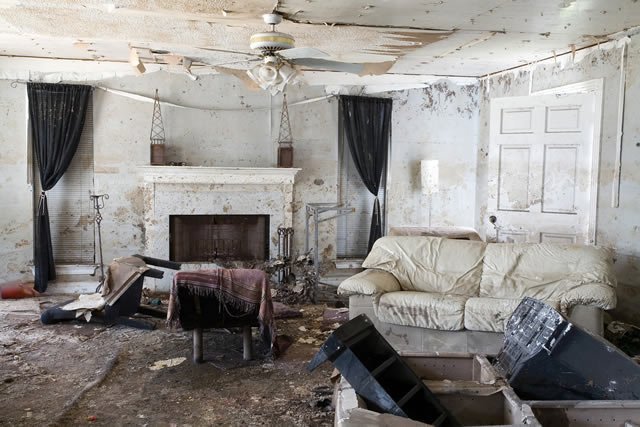
“Mold” Removal vs. Remediation
What’s the Difference?
Since microscopic mold spores exist naturally almost everywhere, indoor and outdoor, removing all mold from a home or business is impossible. Some restoration businesses advertise “mold removal” and even guarantee to remove all mold. This is a fallacy.
A qualified restoration company understands the science behind mold and mold growth. On Call Restoration Professionals have the training and expertise to remediate the mold in your home or business. Mold remediation focuses on getting mold levels back to normal, natural levels.
Every mold damage scenario is different and requires a unique solution, but the general mold remediation process stays the same.
- Step 1: Call Us at 1-435-650-1092
- Step 2: We’ll Perform an Inspection and Mold Damage Assessment. When work begins we follow the next steps.
- Step 3: Containment
- Step 4: Air Filtration
- Step 5: Removing and/or Treating Mold and Moldy Materials
- Step 6: Cleaning the Structure, Contents and Belongings
- Step 7: Finally, Clearance Testing: This Should be Performed by a Different Company to Test for Normal Mold Levels.
- Our Guarantee: We Promise to Remove All Known Mold and Reduce the Mold Levels to Normal, Without Increasing the Cost to You. We Stand By Our Bids and Our Work…
Understanding Mold
When water intrudes into your property, mold growth can start in as little as 48 hours. Consider the following mold facts:
- Mold is present almost everywhere, indoors and outdoors.
- Mold spores are microscopic, float along in the air, and may enter your home through windows, doors, or AC/heating systems or even hitch a ride on your clothing or pets.
- Mold spores thrive in moisture. Mold spores can quickly grow into colonies when exposed to water. These colonies may produce allergens and irritants and have the potential to cause other negative health effects.
- Before mold remediation can begin, any sources of water or moisture must be addressed. Otherwise, the mold may return.
- Mold often produces a strong, musty odor, and that odor can lead you to possible mold problem areas.
- Even higher-than-normal indoor humidity can support mold growth. You should try to keep indoor humidity levels below 45 percent.
